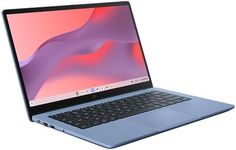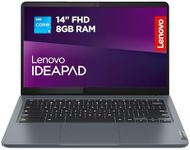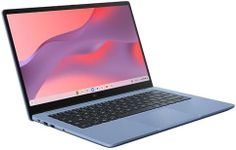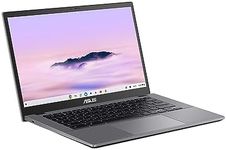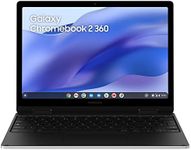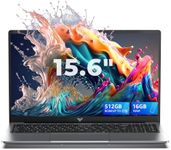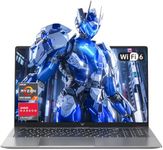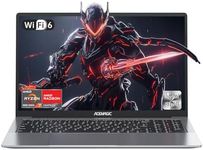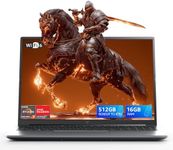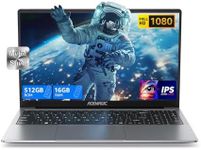Buying Guide for the Best Chromebooks
Choosing the right Chromebook can be a bit overwhelming given the variety of models and specifications available. Chromebooks are known for their simplicity, speed, and integration with Google services. They are ideal for users who primarily use web-based applications and need a device for browsing, streaming, and light productivity tasks. To make an informed decision, it's important to understand the key specifications and how they align with your needs.ProcessorThe processor, or CPU, is the brain of the Chromebook. It determines how fast and efficiently the device can run applications and handle tasks. Chromebooks typically come with processors ranging from basic ARM chips to more powerful Intel Core processors. If you plan to use your Chromebook for simple tasks like browsing and streaming, a basic processor will suffice. For more demanding tasks like running multiple applications simultaneously or using more intensive web apps, a more powerful processor will be beneficial.
RAMRAM (Random Access Memory) is crucial for multitasking and overall performance. It allows your Chromebook to run multiple applications smoothly. Chromebooks usually come with 4GB to 8GB of RAM. For basic usage like web browsing and streaming, 4GB of RAM is adequate. If you plan to use your Chromebook for more intensive tasks or multitasking, opting for 8GB or more will ensure better performance.
StorageStorage on a Chromebook is typically provided by SSD (Solid State Drive) or eMMC (embedded MultiMediaCard). Storage capacity can range from 16GB to 128GB or more. Since Chromebooks are designed to work with cloud storage, you may not need a lot of local storage. However, if you plan to store a lot of files, apps, or media locally, consider a model with higher storage capacity. For most users, 32GB to 64GB is sufficient.
DisplayThe display size and resolution are important for your viewing experience. Chromebooks come in various sizes, typically ranging from 11 inches to 15 inches. Smaller screens are more portable, while larger screens provide a better viewing experience for media and productivity tasks. Resolution can range from HD (1366x768) to Full HD (1920x1080) or higher. Higher resolution screens offer sharper images and better overall quality, which is beneficial for media consumption and detailed work.
Battery LifeBattery life is a key factor for portability and convenience. Chromebooks are known for their long battery life, often ranging from 8 to 12 hours or more. If you plan to use your Chromebook on the go or for extended periods without access to a charger, look for models with longer battery life. This ensures you can work, browse, and stream without worrying about running out of power.
Build QualityBuild quality includes the materials and construction of the Chromebook. Some models are made of plastic, while others use metal or other premium materials. Build quality affects durability and the overall feel of the device. If you need a Chromebook for travel or frequent use, consider a model with robust build quality to withstand wear and tear. Additionally, features like a backlit keyboard and a responsive touchpad can enhance your user experience.
Operating SystemChromebooks run on Chrome OS, which is designed for simplicity and efficiency. Chrome OS integrates seamlessly with Google services like Gmail, Google Drive, and Google Docs. It's important to ensure that Chrome OS meets your needs, especially if you rely heavily on Google services. Chrome OS also supports Android apps, which can expand the functionality of your Chromebook. Make sure the version of Chrome OS is up-to-date to benefit from the latest features and security updates.
